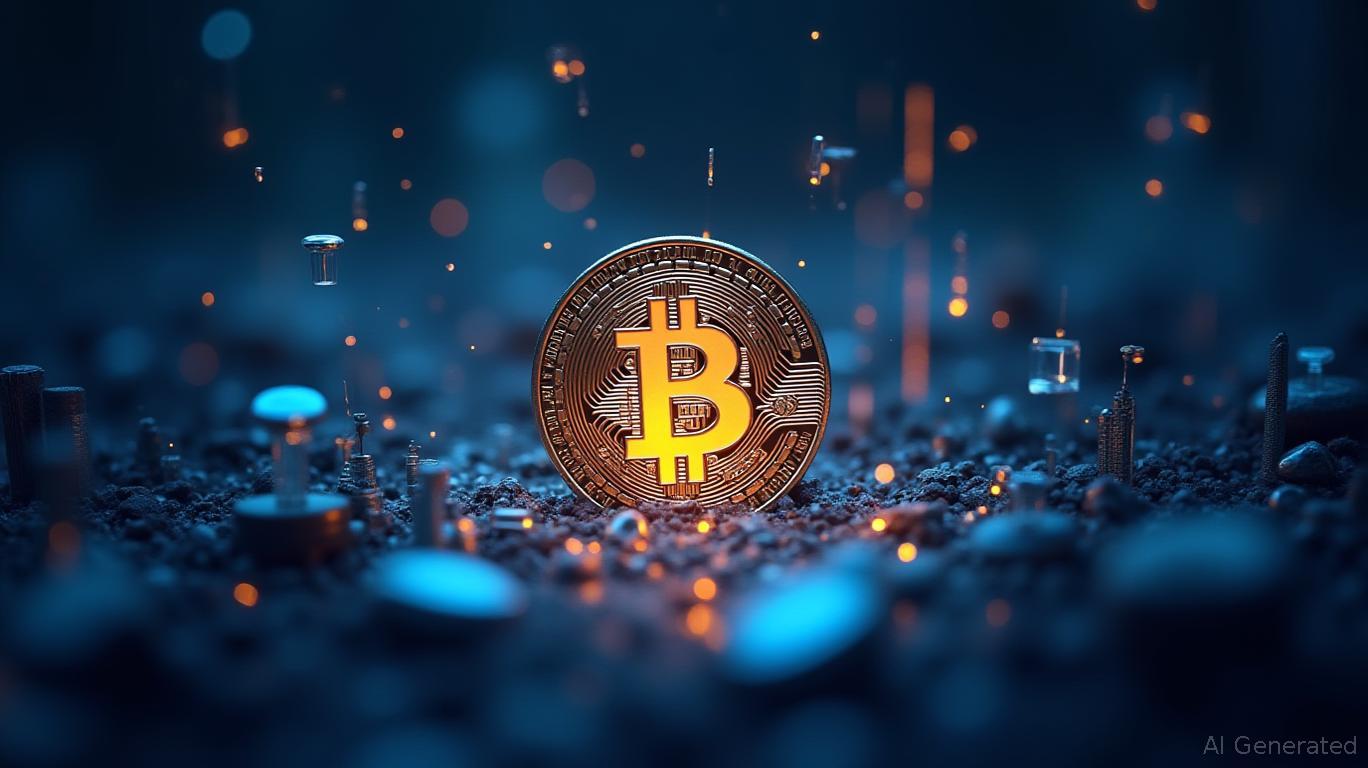The Evolution of Crypto Market Hype Cycles: From ICOs to Real-World Asset Tokenization
The cryptocurrency market has experienced a fascinating journey through distinct hype cycles, transitioning from the speculative fervor of Initial Coin Offerings (ICOs) to culturally resonant phenomena like Non-Fungible Tokens (NFTs), and now moving towards the institutional and utility-based focus of Real-World Asset (RWA) tokenization. This evolution highlights the maturation of blockchain technology and the market’s shift from pure speculation to tangible real-world applications and regulatory alignment.
ICOs: The Initial Frenzy
During the 2017-2018 period, ICOs dominated the crypto landscape. Leveraging Ethereum’s smart contract capabilities, these fundraising mechanisms bypassed traditional finance routes, propelling projects to astronomical valuations often based on little more than ambitious whitepapers. This era was characterized by a wave of FOMO (Fear of Missing Out), but it was short-lived. As regulatory scrutiny increased and many projects failed to deliver on their promises, the bubble burst. However, ICOs paved the way for more structured fundraising models like Initial Exchange Offerings (IEOs) and Initial DEX Offerings (IDOs), showcasing the potential of on-chain fundraising.
NFTs: A New Form of Digital Ownership
The focus of the market shifted by 2021 towards NFTs, introducing a new paradigm of digital ownership. High-profile transactions, such as Beeple’s $69 million NFT sale, and endorsements from celebrities brought NFTs into the mainstream. Despite the initial speculative frenzy and the subsequent deflation of valuations, NFTs have carved out practical applications in areas such as ticketing, authentication, and gaming. This demonstrates that the technology has enduring utility beyond its initial hype phase.
RWA Tokenization: Bridging the Gap to Traditional Finance
The latest phase of crypto hype cycles is centered on RWA tokenization, which seeks to integrate real-world assets like real estate, bonds, and commodities onto the blockchain. This innovation promises enhanced transparency, liquidity, and efficiency, aligning with the institutional demand for regulated and stable investment vehicles. Notably, significant financial entities such as BlackRock and Franklin Templeton are already venturing into RWA, signaling a broader acceptance of blockchain in traditional finance. While challenges related to legal frameworks and cross-border regulations persist, regulatory sandboxes are facilitating large-scale adoption.
The Role of Ethereum and Emerging Trends
Ethereum has been instrumental in this evolution, underpinning critical advancements such as staking, Layer-2 scalability solutions, and RWA tokenization. As sectors within the crypto ecosystem continue to mature, they are increasingly exhibiting sustainable growth, reducing dependence on overarching hype cycles and gaining momentum on their own merits. The market is at a pivotal juncture, with investors gravitating toward projects offering clear use cases, real-world applications, and scalable infrastructures. This trend is evident in the rising interest in Layer-2 solutions, cross-chain interoperability, and DeFi platforms that transcend speculative trading to deliver tangible value.
The next wave of growth in the crypto space is anticipated to be driven by projects that seamlessly blend innovation with credibility and long-term viability, marking a significant departure from previous speculative cycles.
For further insights, visit this source.

